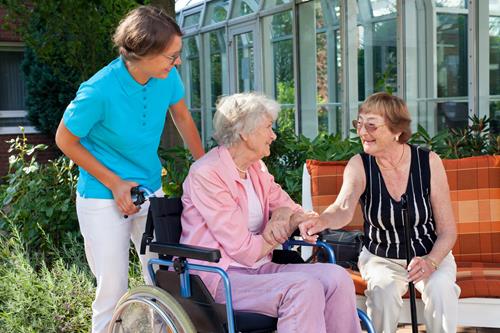 Discussions about caregiving often revolve around the idea of the sandwich generation.
Discussions about caregiving often revolve around the idea of the sandwich generation.
These are people who find themselves having to care for two generations simultaneously, typically their aging parents and their own young children.
Being in this situation can be incredibly frustrating, as people feel that their attention is being pulled in two different ways – and they often don’t have enough energy to do both.
But, this isn’t the only pattern out there.
In fact, recent articles have pointed out the idea of boomerang seniors. The term is derived from the idea of a boomerang child, which is where a young adult returns to live with their parents, often because of financial trouble.
In a similar way, the idea of boomerang seniors can refer to seniors moving back in with their parents, or simply moving closer to be able to support them.
With our aging society and advancements in medical technology, such situations are becoming increasingly common. For example, a senior in their 60s or 70s may well have a living parent who is in their 90s and needs support.
This situation can often result in seniors becoming caregivers to their own parents, while they’re trying to navigate retirement and healthcare challenges themselves.
In doing so, seniors in this situation face a whole new set of challenges. For example, if the senior is retired, they may have a fixed income to work with. Likewise, they may suffer from health problems of their own and could have limited mobility.
Caregiving as a senior can also be a hard balance to maintain and many such caregivers find it hard to enjoy their own retirement or even care for their own needs.
To make matters worse, the person doing the caregiving can easily have as many health challenges as the person they are caring for – or even more in some cases.
Yet, while the pattern is increasing in prevalence, this type of caregiving is rarely discussed and is often ignored. Instead, most articles and literature focuses on younger caregivers.
There is no answer to this caregiving pattern and it is only going to become more significant as society ages. However, it’s clear that much more discussion is needed about how to support older caregivers and what techniques they can use to ensure their own needs are met.

Leave a Reply